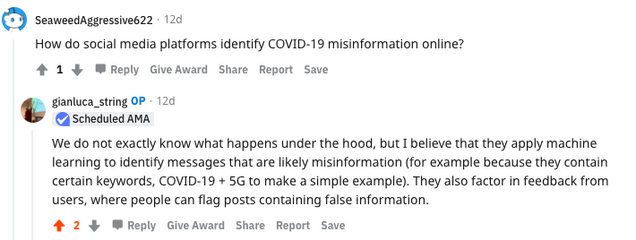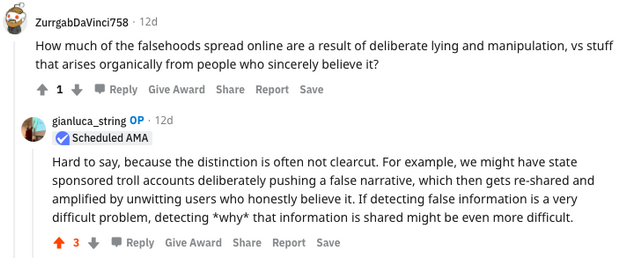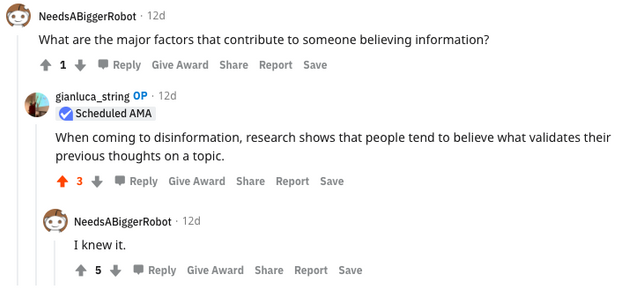How do memes and misinformation “go viral” online?
Researcher shares how to identify, address, and prevent the spread of misinformation online.
BY GINA MANTICA
Health misinformation spread rapidly on social media at the start of the COVID-19 pandemic. Misinformation online varied widely, ranging from conspiracy theories about the connection between COVID-19 and 5G to falsehoods about killing the novel coronavirus by drinking bleach.
To create effective public health policies, researchers study how misinformation spreads on social networks. Gianluca Stringhini, an Assistant Professor in the Department of Electrical and Computer Engineering and Junior Faculty Fellow at the Hariri Institute, has been tracking health misinformation and it’s spread on social media using data science as part of his Focused Research Program. Stringhini also studies the spread of conspiracy theories and memes on online social networks, raids organized by trolls against other Internet users, cyberbullying, and malware using a data-driven approach. He has published over 100 peer reviewed papers, and his work has been featured in publications including the Washington Post, the New York Times, and Wired.
He recently took to Reddit to share how to identify and address misinformation online, and how misinformation (and memes) go viral to influence society. If you struggle with identifying fake news, don’t know what to do when you encounter it, or just want to learn how to make a positive impact on social networks, we are sharing the top ten takeaways from his discussion below.
1. Disinformation and misinformation are not one and the same.
Stringhini clarifies the difference between misinformation and fake news, or disinformation.
2. Misinformation often starts in small, polarized communities.
“When online communities get de-platformed, they often create their own community and move to it. We studied this phenomenon, and found that communities that do migrate tend to shrink in size, but the users who do make the move become more active and toxic. This can have potential unexpected consequences, like users becoming radicalized and coming back (possibly with false accounts) to attack the communities that banned them,” wrote Stringhini.
3. There are websites that fact-check fake news.
Stringhini recommends trying out Snopes.com to see if news is fake or genuine.

4. Disinformation could play a role in the 2022 U.S. midterm elections.
Stringhini predicts two types of disinformation in the upcoming U.S. elections – conspiracy theories and and polarizing issues.
5. Figuring out why false information spreads can be messy.
Disinformation can be amplified by users that don’t know it is false information, and truly believe it.
6. Machine learning algorithms can help detect misinformation on social media.
Machine learning algorithms can scour posts and identify misinformation keywords.

7. Misinformation can negatively impact public health.
False narratives can promote harmful fake cures or cause hesitancy around safe and approved treatments.
8. People are susceptible to believing disinformation if it validates their own opinions.
9. Memes go viral because of their strong, emotional visuals.
10. Stringhini is great at making memes.


For more memes, misinformation, and cybercrime facts, follow Stringhini on Twitter @gianluca_string.
Interested in learning more about the transformational science happening at the Hariri Institute? Sign up for our newsletter here.






